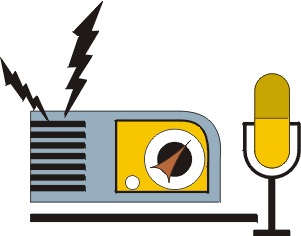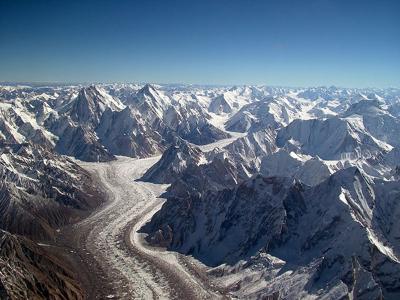Online radio
Set up an online radio station so people can hear what's going on at any time. If there is a tornado producing cloud, just talk about that.
Barry's Response - That's a great idea. There might be one for each region.
Funding is all it needs...not much, since broadcasting through the web is so cheap.
People can use this to stay informed and help each other out. Also, they can tell you how to stay safe during a tornado. In times of crisis, it can rally the community.
Join in and write your own page! It's easy to do. How? Simply click here to return to Hi-Tech Idea.
plans
If anyone needs them, I have the plans and specifications for the Stevenson Screen as well as the Hazen Thermometer Shelter.
bobby_hamill@yahoo dot com
Barry's Response - Everybody needs one of those.
I'm kidding, of course. The housings hold and protect meteorological instruments, including thermometers. By providing a shelter, thermometers can receive sufficient airflow while avoiding direct sunlight, resulting in falsely high readings.
It's all about purpose and design. Stevenson screens are used in meteorology to protect instruments like thermometers from direct sunlight, ensuring accurate temperature readings. There's a louvered design to let air flow through.
In contrast, the Hazen Thermometer Shelter is used to study groundwater temperatures. It's a compact, closed design to minimize heat exchange.
As a result, the Stevenson Screen is for general meteorological measurements, while the Hazen Thermometer Shelter is for monitoring groundwater temperatures.
Join in and write your own page! It's easy to do. How? Simply click here to return to Hi-Tech Idea.
Weather Broadcast Radio," VHF WB"
Forecasts and alerts come over the VHF WB in Alberta, in both official languages, and are very helpful if you have the right kind of radio. My little handcrank Microlink FR 150 is better at getting a signal than larger ones that charge a cell phone.
When traveling in Alberta, there are dead areas, where no signal does not come in. That should not happen. Increase your signal strength please. WX in Edmonton: The broadcast volume is too low, which I assume is because of signal strength. The voice is very clear once the aerial is pointed away from static sources.
When there is an imminent danger or emergency alert in a certain area, town or city, it would be helpful if that information was repeated at shorter intervals in advance of the weather forecasting, and even during it.
What is this about? : What shall we call it? Are you looking for a name for VHF Weather Broadcasts? Or for comments about this web page. The page needs to have working links for the double underlined items like radio, phone, etc. above. Today they are linked to nothing. Communicate better on the web, but don't expect everyone to carry an iphone.
Barry's Response - The Alberta weather station page at https://www.stuffintheair.com/Alberta-map.html, has broadcast frequencies and phone numbers so you can get the weather info you need via phone (even a cell phone) if you don't have radio equipment. Hope these help.
search this site for more information now.
In Alberta, they use a special radio called VHF WB to share weather forecasts and important alerts. It's great, especially if you have a small hand-crank radio like the Microlink FR 150 because it's really good at catching these signals, even better than bigger radios that charge phones.
If you're traveling, you might go places without a signal, and that's not good. People want stronger signals so they can get weather info everywhere. There might be a weak signal in Edmonton, so the sound might be low. If you turn the radio away from things that cause interference, it becomes clear.
Even during regular weather forecasts, it would be helpful if they reminded people about big dangers and emergencies more often.
What's the name of this? Maybe we should call these VHF weather broadcasts something else. Also, the website you mentioned should have working links for radios and phones, but right now, they don't. Web communication is important, but not everyone has an iPhone, so we need to make sure everyone can access it.
Join in and write your own page! It's easy to do. How? Simply click here to return to Hi-Tech Idea.
Do you have concerns about air pollution in your area??
Perhaps modelling air pollution will provide the answers to your question.
That is what I do on a full-time basis. Find out if it is necessary for your project.
Have your Say...
on the StuffintheAir facebook page
Other topics listed in these guides:
The Stuff-in-the-Air Site Map
And,
Thank you to my research and writing assistants, ChatGPT and WordTune, as well as Wombo and others for the images.
GPT-4, OpenAI's large-scale language generation model (and others provided by Google and Meta), helped generate this text. As soon as draft language is generated, the author reviews, edits, and revises it to their own liking and is responsible for the content.





